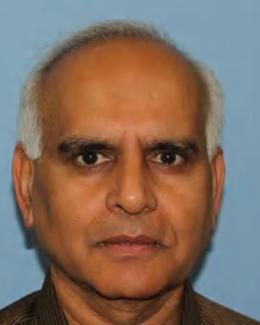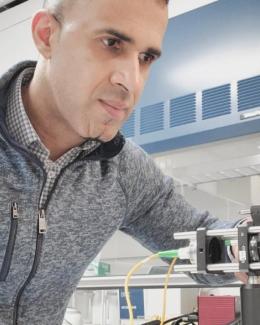Abstract
Squeezed light is a crucial resource for continuous-variable (CV) quantum information science. Distributed multi-mode squeezing is critical for enabling CV quantum networks and distributed quantum sensing. To date, multi-mode squeezing measured by homodyne detection has been limited to single-room experiments without coexisting classical signals, i.e., on “dark” fiber. Here, after distribution through separate fiber spools (5 km), −0.9 ± 0.1-dB coexistent two-mode squeezing is measured. Moreover, after distribution through separate deployed campus fibers (about 250 m and 1.2 km), −0.5 ± 0.1-dB coexistent two-mode squeezing is measured. Prior to distribution, the squeezed modes are each frequency multiplexed with several classical signals—including the local oscillator and conventional network signals—demonstrating that the squeezed modes do not need dedicated dark fiber. After distribution, joint two-mode squeezing is measured and recorded for post-processing using triggered homodyne detection in separate locations. This demonstration enables future applications in quantum networks and quantum sensing that rely on distributed multi-mode squeezing.






